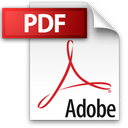EmphaSign is designed around a fully object-oriented layout environment. EmphaSign uses the concept of objects that conform to the shape of whatever data they contain. For example, a glyph object conforms to the shapes of the individual character glyphs contained within it, delineating each individual ascender and descender. This makes it possible for objects to nest together in a way that, until now, only an experienced designer could achieve by hand.
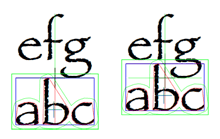
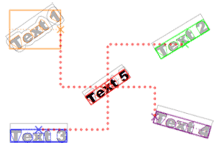
In EmphaSign, an object is positioned in the composition by specifying reference points on its geometry, then defining the relationships between this object and reference points on other objects.
An object is oriented and resized by specifying fixed values or by referencing rotation and size values of other objects. And because obects can be oriented such that their sides are no longer aligned with the axes of the composition, it is possible to reference either the object-oriented or axis-oriented geometry of an object for position and size references.
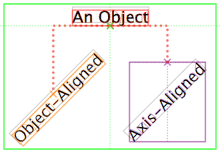

In order to maintain whitespace, an object can have margins specified on the inside and outside of its geometry. When the data changes from one data row to another, the margins change also, based on the shape of the actual data.
These shapes can be of a fidelity that is as low or high as is needed to achieve the desired layout. For example, the shape of a glyph object could be its simple bounding box, the shape of a band stretched around its contents, or even the actual glyph outlines themselves.

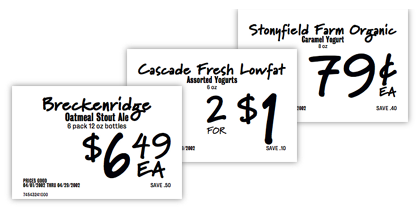
To vary the visual layout of a template based on contents of source data, "alternate" objects can perform decisions at run-time based on patterns in the data or geometric properties of its objects. In the example here, three different pricing block layouts are generated based solely on the content of a single field of data. These kinds of decisions allows very sophisticated, hands-off file processing.
Graphical data output is accomplished through the industry standard PDF file format. Rich layout features such as ligatures and transparency are fully supported, as is font embedding and output of glyphs as outlines for maximum compatibility across Mac, Windows and UNIX platforms.
